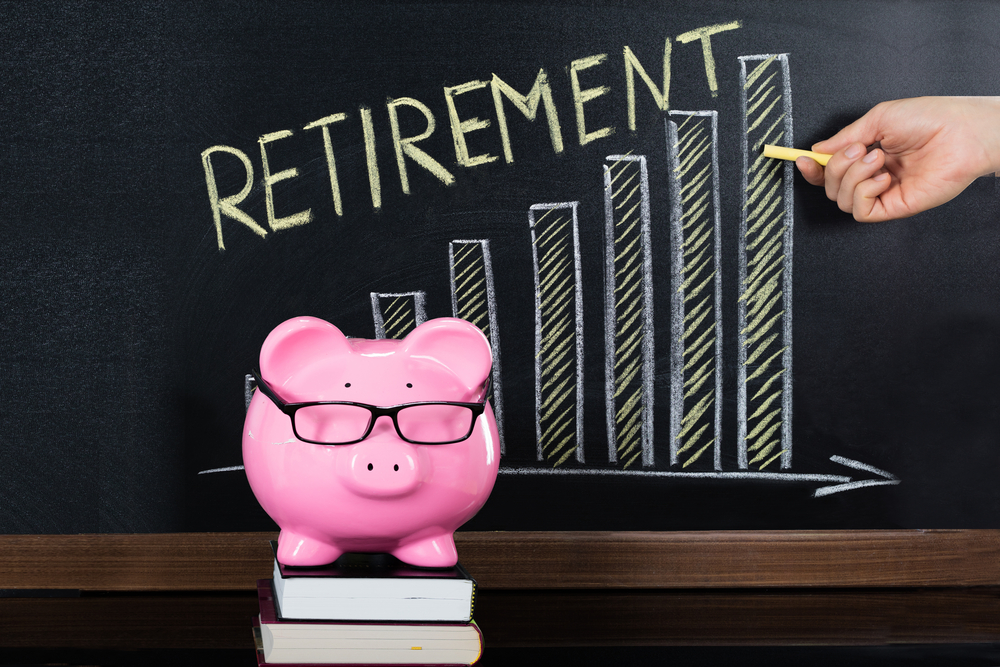When the “Queen of Soul” passed away in 2018, the world mourned a voice like…
What You Need to Know About Employee Stock Purchase Plans
An Employee Stock Purchase Plan, or ESPP, allows employees to purchase stock in their company for a discounted price. Just don’t put all of your eggs in one basket.
If you work for a company with an ESPP, you may want to take advantage of the ability to get a discount on stock purchases, reports CNBC in the article, “What you need to know about your employee stock purchase plan.” This can be a good way to boost your bottom line and, depending on when you sell your holdings, may have some tax advantages.
Let’s look at how an ESPP works.
You’ll typically get an email or memo that says your employer is going to allow you to buy its stock at a discount, maybe something like 10 to 15%. If you choose to participate, the deductions are taken from your paycheck, just like your 401(k) contributions.
Employee contributions accumulate between the offering date and the purchase date. At the purchase date, the company uses the accumulated funds to purchase shares in the company on behalf of the participating employees. Therefore, the stock is purchased in bulk at one point in time, along with other employees’ contributions. These purchases typically occur every six months.
An employee can then sell those shares right away and lock in the gains from the discounted price he or she paid, or they can hold on to the shares for later.
If you’d like to hold your employer stock for preferred tax treatment, it’s wise to wait until at least one year after the purchase period and two years after the initial offer date.
The gains will be taxed as long-term capital gains, which are typically taxed at a lower rate than ordinary income.
Note that there’s usually a limit to how much you can invest in an ESPP, perhaps up to $25,000 per year or 15% of your salary.
The ESPP could be a great way for you to invest at a discounted rate, if the payroll deductions make sense for your budget. Remember to balance this investment with all of your other investments, and if you work with an advisor, discuss how this fits in with the rest of your portfolio.
Reference: CNBC (August 15, 2018) “What you need to know about your employee stock purchase plan”



